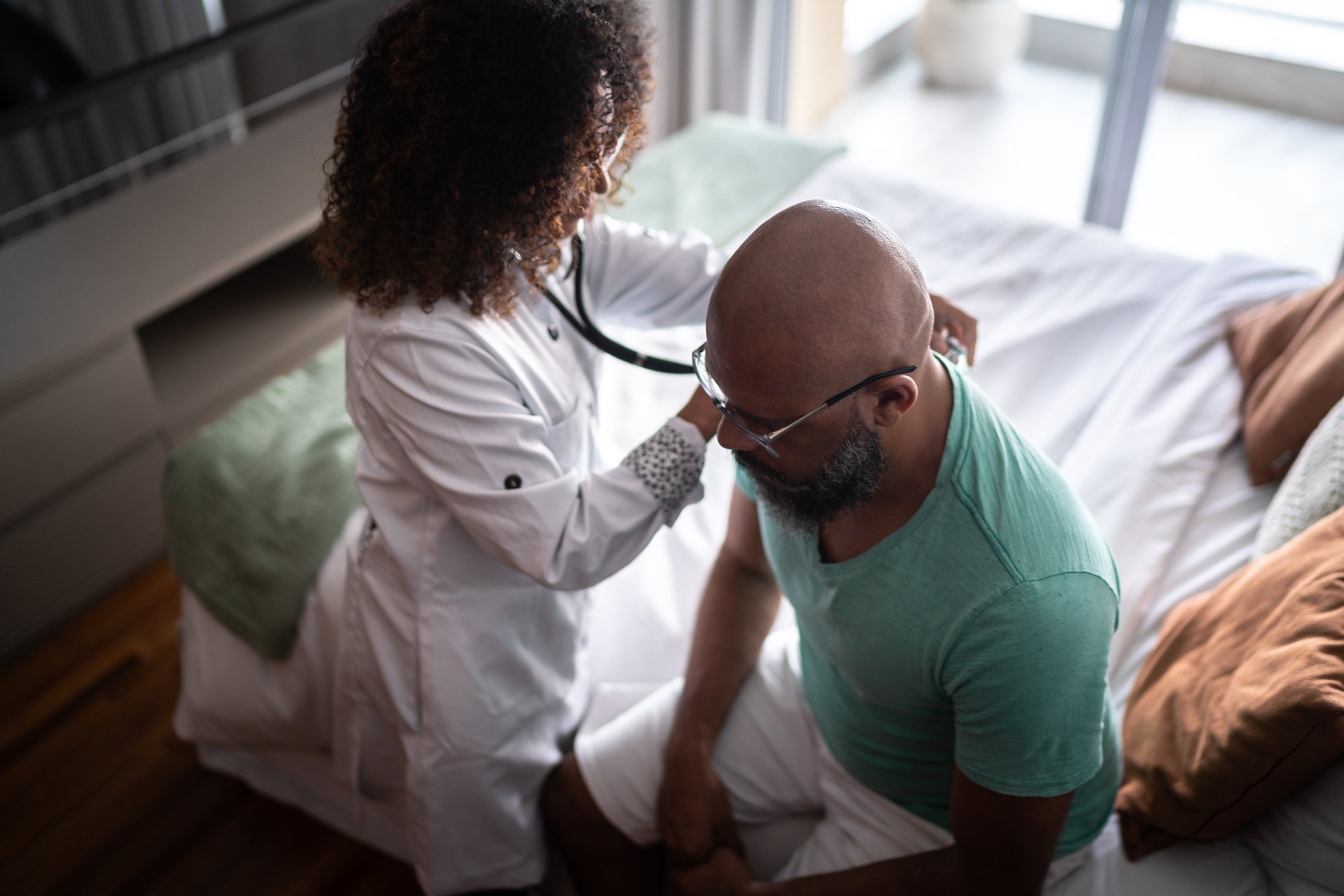
Johnson & Johnson’s Janssen Pharmaceuticals has announced that it is seeking European approval for a pulmonary arterial hypertension (PAH) treatment.
In a 26 June statement, it announced the submission of a marketing authorisation application (MAA) for a single tablet combination therapy of 10mg macitentan and 40mg tadalafil (M/T STCT). The therapy is intended for adult patients of World Health Organization (WHO) functional class II and III – those that are symptomless at rest but experience discomfort during normal chores and activities.

Discover B2B Marketing That Performs
Combine business intelligence and editorial excellence to reach engaged professionals across 36 leading media platforms.
Janssen’s application is based on data from the Phase III A DUE study (NCT03904693). Out of 187 PAH patients enrolled in the study, a 29% reduction in pulmonary vascular resistance (PVR) was observed in those receiving M/T STCT, versus macitentan alone. Similarly, a 28% PVR reduction was seen compared to those on tadalafil alone. The company also highlighted improved exercise capacity. Despite not being an endpoint of the study, a clinically relevant improvement in 6-minute walk distance was observed between M/T STCT and both monotherapies.
The open label arm of the study is still ongoing and expected to conclude by late next year.
Currently, the treatment is approved for use in Canada under the name Opsynvi. The company has also submitted a new drug application (NDA) to the FDA.
PAH is a rare, progressive and life-threatening disease, characterized by vascular proliferation and remodeling of the small pulmonary arteries. As blood vessels in the lungs are narrowed, blocked or destroyed, blood flow through the lungs slows. As a result, heart muscles must work much harder to pump blood into the lungs, before becoming weak and failing.

US Tariffs are shifting - will you react or anticipate?
Don’t let policy changes catch you off guard. Stay proactive with real-time data and expert analysis.
By GlobalDataThere are an estimated 48-55 cases of PAH per million adults, and currently there is no cure. Manifesting in non-specific symptoms like breathlessness, dizziness and fatigue, patients are often only diagnosed once the disease is in its advanced stages.
Many PAH patients are subject to double or even triple combination therapies to manage symptoms. This results in increasingly treatment regimens that are complex and difficult to adhere to, creating a clear need for simpler therapies. An analysis from GlobalData found that reformulation of existing treatments to provide more convenient treatment has been a dominant trend in PAH medication.
GlobalData is the parent company of Pharmaceutical Technology.
Dr. Tamara Werner-Kiechle, Janssen’s EMEA Therapeutic Area Lead Neuroscience and Pulmonary Hypertension, commented that a single tablet combination would enhance the convenience and improve adherence and outcomes for PAH patients, and looked forward to bringing M/T STCT to market as soon as possible.
According to GlobalData’s epidemiology database, the PAH market will experience moderate growth over the next few years. It is currently estimated to be worth $5.2bn, rising by roughly 5% a year to $7.3bn in 2029.
Whilst this growth is not extreme, the marketplace is still likely to be a battleground between big pharmas in coming years. MSD’s sotatercept and MK-5475, as well as United Therapeutics’ Ralinepag, are predicted to hit the markets soon.





